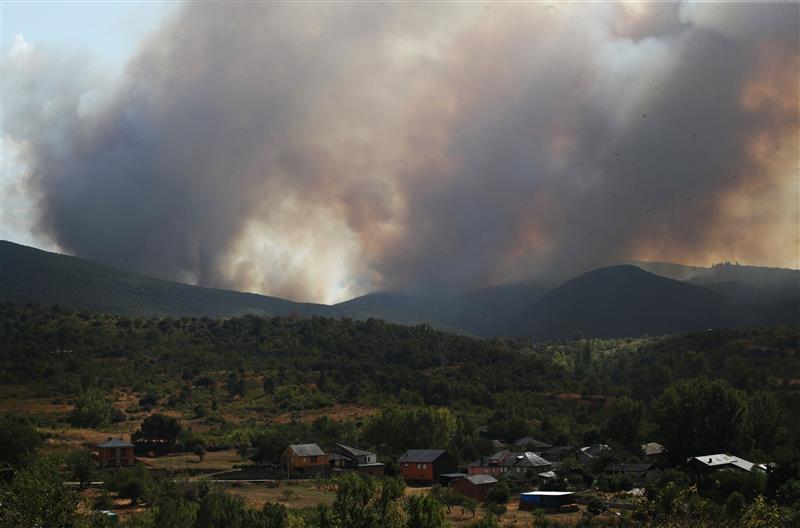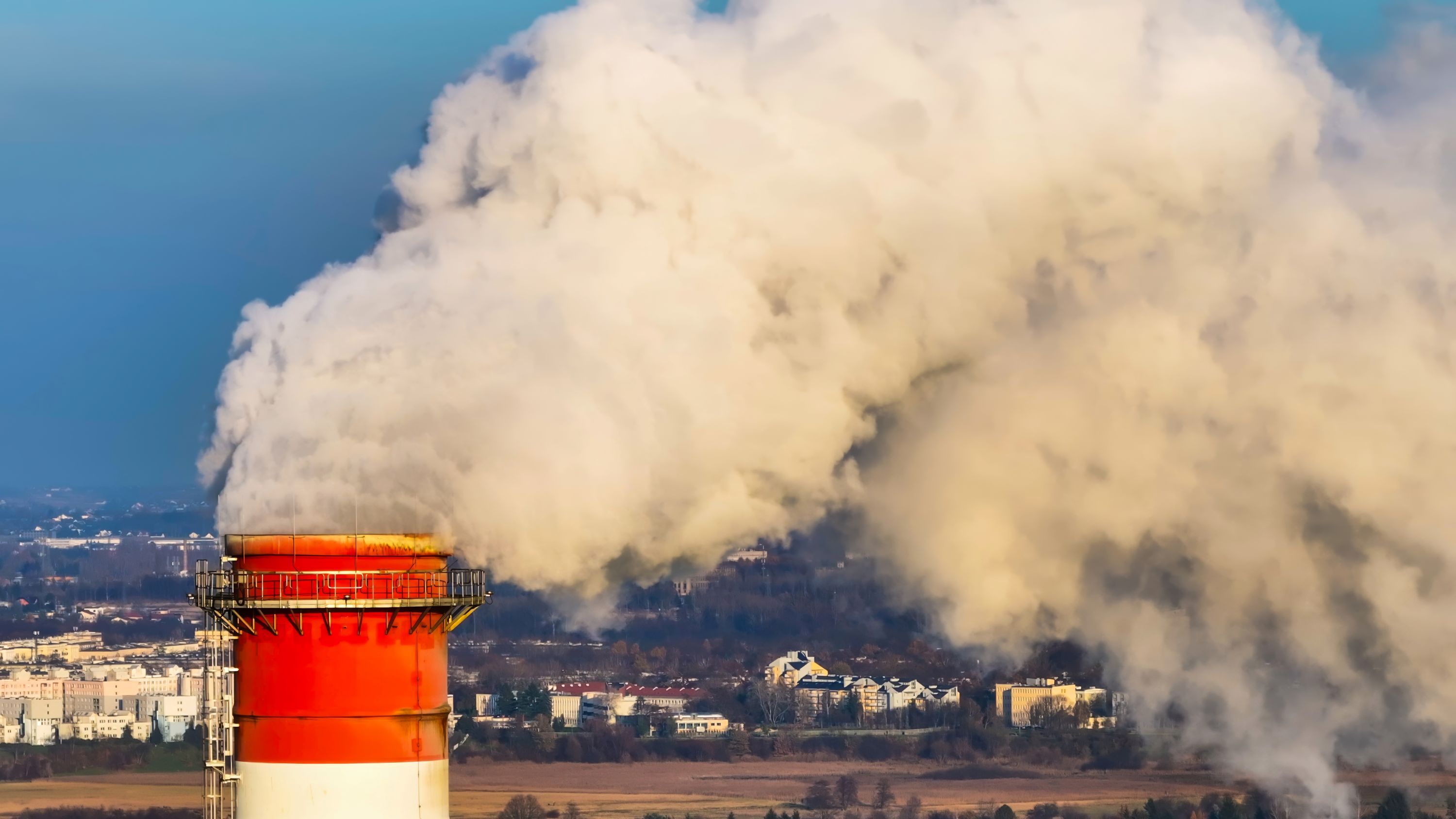Satellite images reveal that more than eight million tonnes of methane were released from energy sector facilities in 2023
The GHGSat satellite constellation has identified 3,114 oil, gas and coal facilities worldwide that emitted 8.3 million tonnes of methane in 2023, according to data published in the journal Science. These estimates are more accurate than inventories taken on the ground or in the atmosphere.









